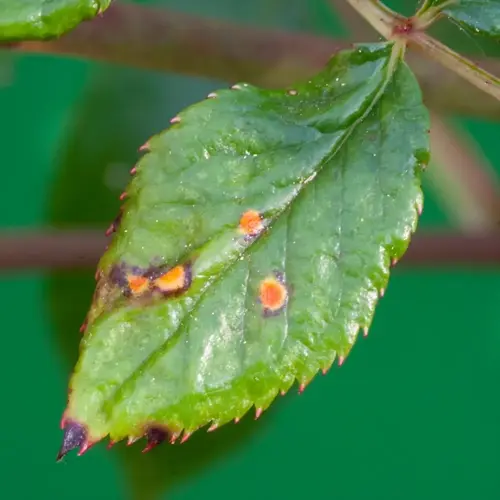When are scale insects most active annually?

Written by
Olivia Mitchell
Reviewed by
Prof. Charles Hartman, Ph.D.The activities of scale insects are associated with different periods of the year. Knowledge of these habits provides a basis for effective control. Changes in temperature modify their behavior. The first appearance of crawlers is in the spring. The greatest reproduction is seen in summer. The preparations for hibernation appear in the autumn. Their inactivity occurs in the open air in winter.
Spring Emergence
- Crawlers appear above 60°F (15°C)
- Target with horticultural oil sprays
- Apply during early morning hours
- Focus on new growth areas
Summer Reproduction
- Peak egg-laying in warm months
- Release biological controls weekly
- Monitor honeydew production daily
- Avoid treatments above 90°F (32°C)
Fall Preparation
- Egg laying before winter starts
- Apply systemic insecticides early
- Prune heavily infested branches
- Install physical barriers on trunks
Winter Dormancy
- Outdoor scales become inactive
- Use dormant oil applications
- Target bark crevices thoroughly
- Indoor plants require year-round monitoring
Temperature governs their life cycle precisely. Crawlers appear above 60°F. Egg laying is expedited in the summer heat. They slow down below 50°F. Indoor houseplants face constant threats. Heated greenhouses provide an optimal environment year-round for plant growth and infestations.
Customize applications for seasonal activities. Spring is suitable for crawler-targeted oils. Summer requires biological augmenters. Fall involves using systemic products for seasonal pest management. Winter uses dormant sprays for seasonal issues. Corresponding approaches to activity periods will substantially improve efficacy.
Keep your surveillance uninterrupted for all seasons. During the active elephant population season, set tape traps out weekly. While maintaining indoor plants, check them every month of the year. Monitor temperature patterns in your own garden. These conditions can help you accurately predict a pest outbreak. Timely proactive actions can prevent major infestations.
Read the full article: Scale Insect Treatment: Save Your Plants Now

